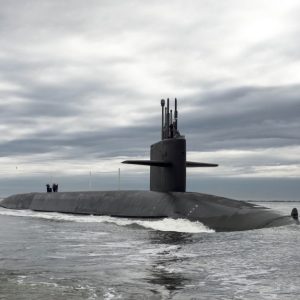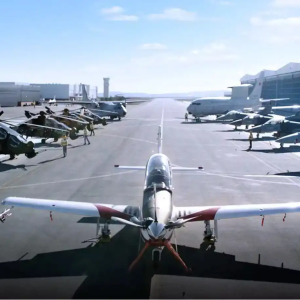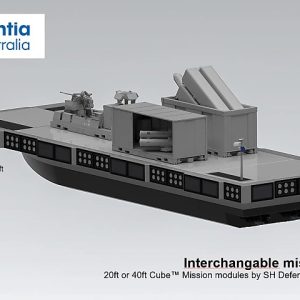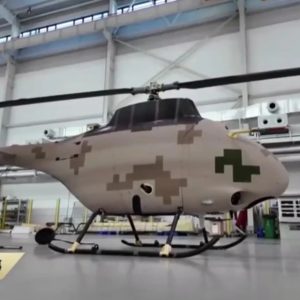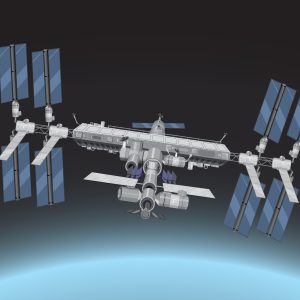Eurofighter Plans Major Production Increase Through Exports
Eurofighter CEO Giancarlo Mezzanatto has announced ambitious plans aimed at significantly increasing fighter jet production, targeting a doubling of output from the current 20 to 40 aircraft annually by 2028. Achieving this goal requires the consortium to expand its customer base significantly beyond Europe, highlighting the crucial role of securing new export contracts in regions such as the Middle East, Asia-Pacific, and potentially Latin America. With geopolitical tensions and security challenges rising globally, defense spending is accelerating, creating fertile opportunities for Eurofighter’s Typhoon, renowned for its NATO-standard interoperability, versatile combat capabilities, and proven reliability in multinational operations.
Eurofighter Export Strategy Aims to Boost Fighter Jet Production by 2028
The consortium’s strategic roadmap emphasizes deepening existing relationships with international customers while pursuing aggressive outreach to new markets. The Eurofighter Typhoon’s operational performance has already been demonstrated in various global theaters, notably in European and NATO-led missions, bolstering its attractiveness to nations aiming to modernize their air forces. Potential customers value not only the Typhoon’s advanced technology but also the long-term partnership opportunities and comprehensive logistical and training support that Eurofighter can offer through its European industrial network.
Technological Advancements and Capabilities
Technologically, the Eurofighter Typhoon continues to evolve, integrating next-generation radar systems, state-of-the-art electronic warfare equipment, enhanced weapon systems, and advanced network-centric warfare capabilities. Upcoming developments include greater integration of artificial intelligence for improved autonomy and mission adaptability, ensuring the aircraft remains competitive against contemporary and emerging threats. Such technological enhancements are critical in maintaining its appeal to international customers facing sophisticated defense challenges.
Expanding Eurofighter Export Markets Through Global Defense Collaborations
Nevertheless, Eurofighter faces substantial competition from Lockheed Martin’s F-35 Lightning II and Dassault Aviation’s Rafale, both actively marketed in similar export markets. Despite the competitive landscape, Mezzanatto remains confident, highlighting Eurofighter’s distinctive advantages, such as lower lifecycle costs, European political backing, and a proven, versatile combat profile. He underscored that successful export campaigns will also rely heavily on diplomatic engagement, strategic partnerships with industry players, and close collaboration with Eurofighter’s consortium nations to navigate complex geopolitical dynamics effectively.
The anticipated increase in production carries significant economic and strategic implications for Eurofighter member nations. Doubling annual aircraft output could substantially stimulate Europe’s aerospace industry, generating thousands of high-skilled jobs, spurring technological innovation, and enhancing the continent’s overall defense industrial base. This growth not only fosters economic resilience but also enhances strategic autonomy, reducing Europe’s dependence on external suppliers and strengthening its position in global defense markets.
Read more about Eurofighter Typhoon capabilities in our detailed coverage here. For broader market insights and NATO military expenditure analyses, visit SIPRI’s latest reports.




